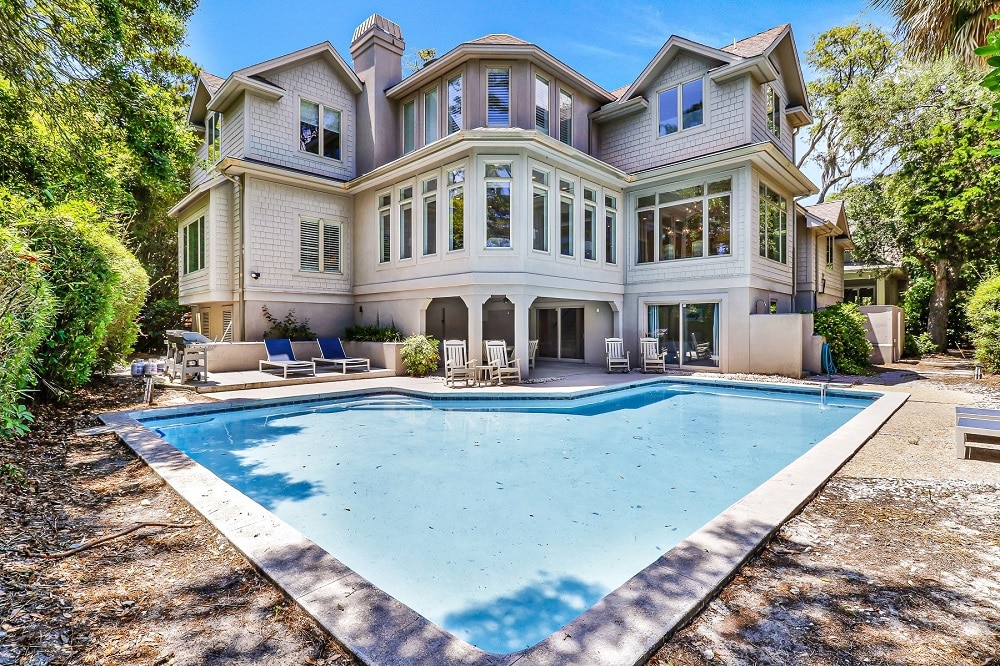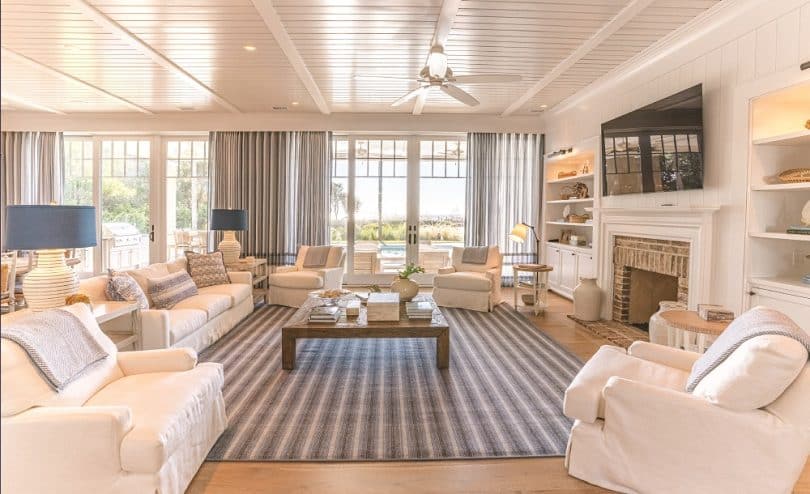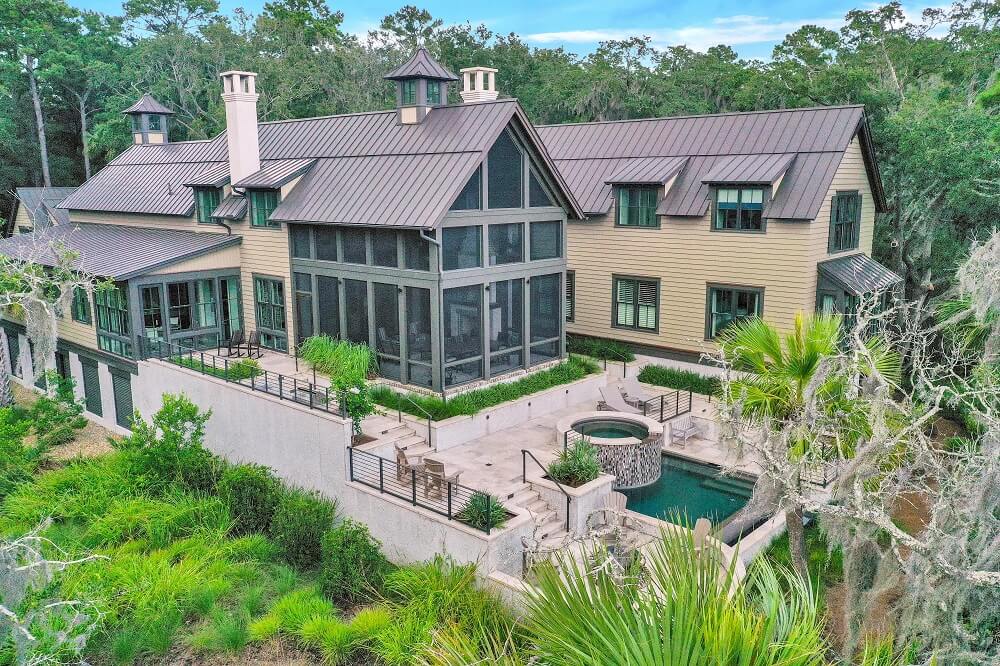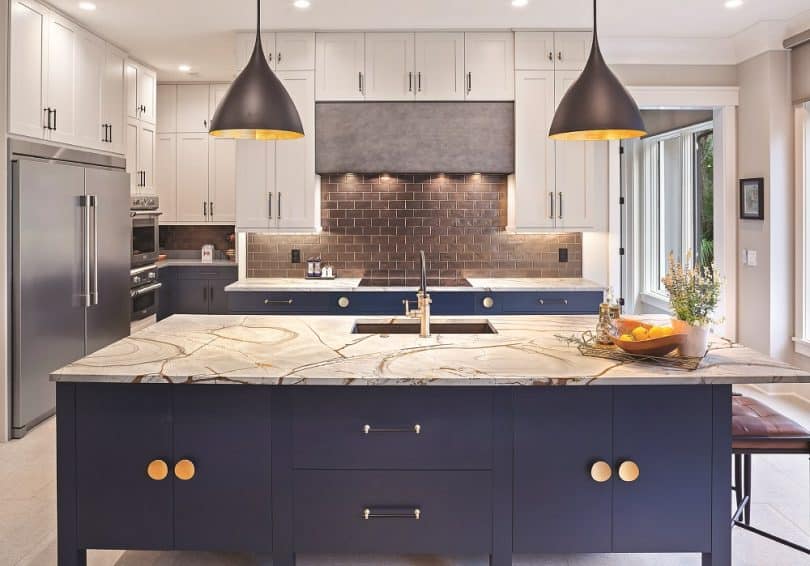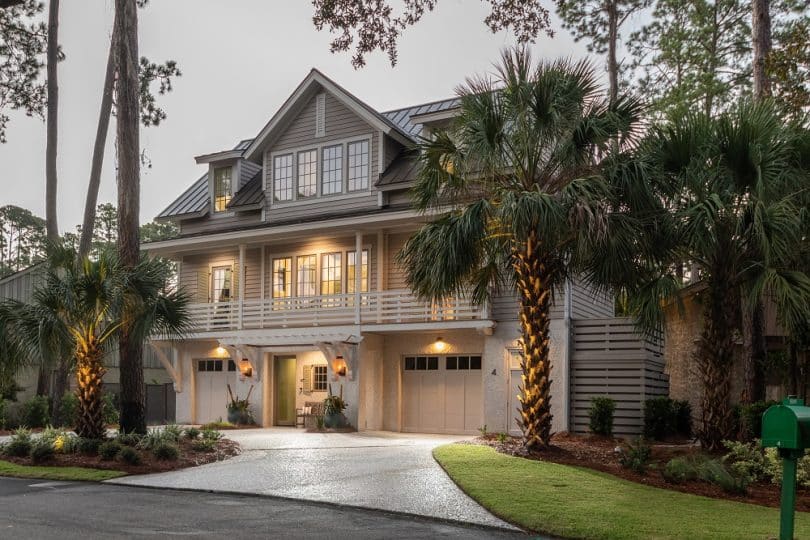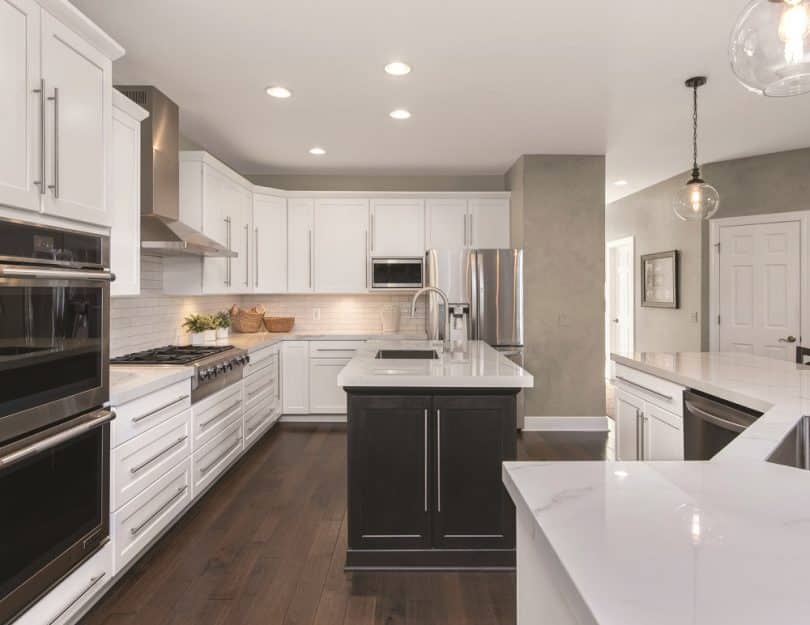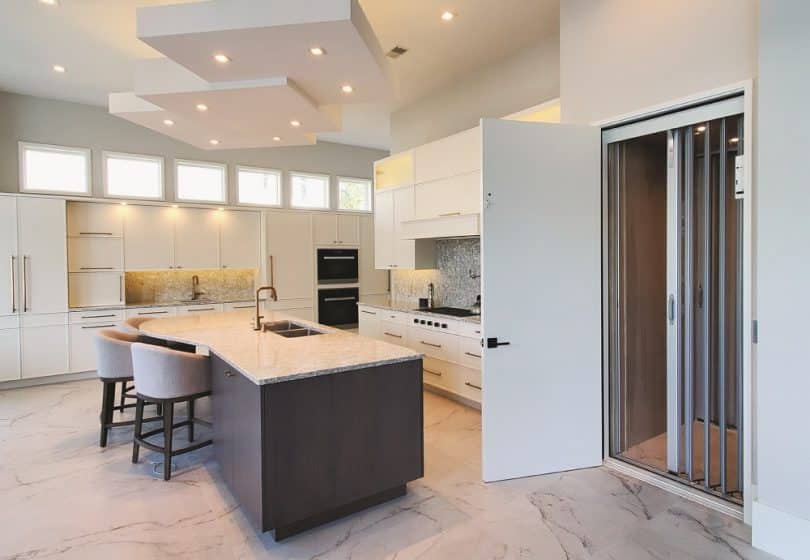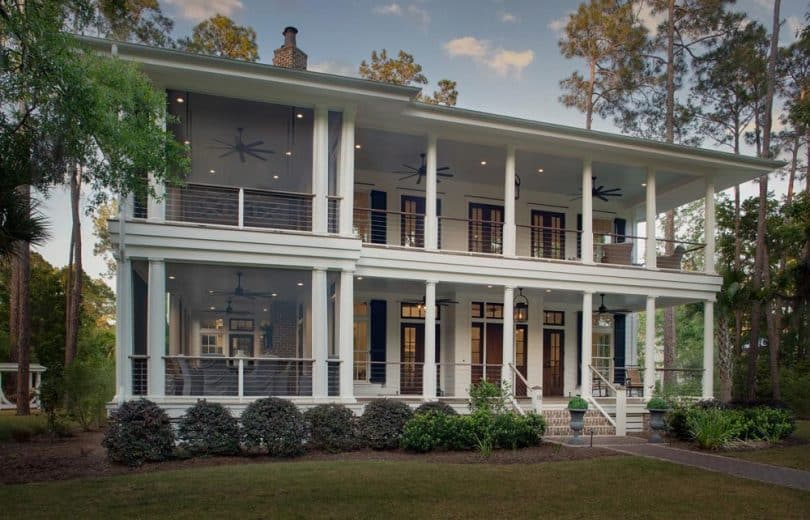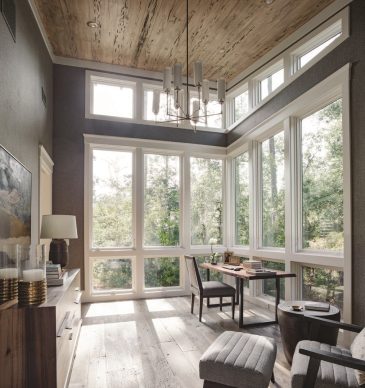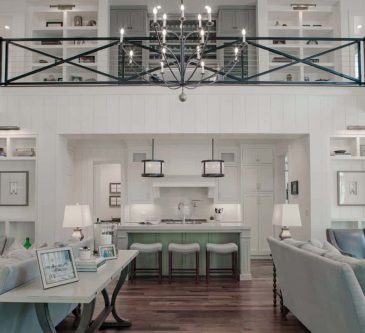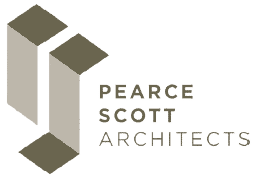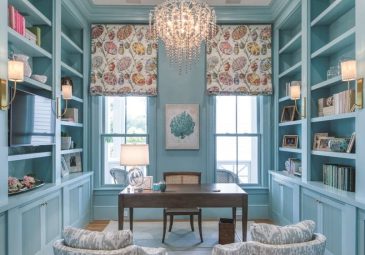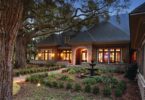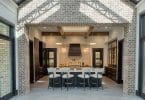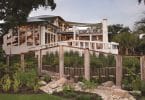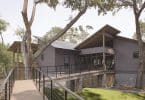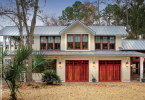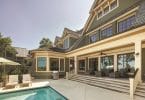Article And Photos Provided By Pearce Scott Architects
Architecture Design
While traditional Lowcountry homes still adorn the streetscapes of Hilton Head and Bluffton, an influx of new residents from around the country are redefining the Lowcountry style. Challenging local architects to “think outside the box,” homeowners are requesting contemporary homes that draw on the temperate climate, make the best use of their homesite, exemplify their individuality, and complement the style of existing homes. Consequently, a new generation of custom homes are adding to the charm of our region with their unique style, without undermining the Lowcountry style of existing homes.
Designing any custom home begins with a client interview by the architect to understand the homeowner’s wishes as to size, location, and special needs. In addition to these basics, Pearce Scott of Pearce Scott Architects explains that his firm is spending additional time being sure they understand what the client wants their home to look like. “While many clients love the way a Lowcountry home feels, they have trouble seeing themselves living in such a traditional setting. They want to incorporate features from their previous urban or suburban homes into a new, but regionally appropriate residence.”
TOP A traditional lowcountry porch is defined by a modern wood and metal railing.
ABOVE Appealing to the lowcountry vernacular, this daybed is located in a screened walkway between the main and carriage house. It provides a private relaxation area overlooking the pool but separate from the main patio.
Through photos and sketch sessions, architects can demonstrate to homeowners how basic Lowcountry architectural elements like raised foundations and deep porches can be integrated into their contemporary home plan. Paired with raised or vaulted ceilings and oversized windows and doors, these features will optimize stunning landscape views and capture cooling breezes. Outdoor spaces for eating, entertaining, or relaxing transition the outdoors into innovative living spaces.
ARCHITECTURE | INTERIORDESIGN
843.837.5700
www.pscottarch.com info@pscottarch.com
6 State of Mind Street, Suite 200, Bluffton, SC 29910
“In addition to transforming traditional architectural elements into more contemporary forms, we encourage our clients to use local materials in innovative ways to connect their home to this region,” says Pearce. He continues with, “A perfect example is a contemporary Lowcountry home we recently designed. While the home is obviously more modern in style with its clean lines, metal railing, and nickel-gap siding, the homeowners desired a connection to traditional southern materials. They worked with our design and build teams to select a tabby shell finish to accentuate the chimney on the front of the home’s exterior. By carefully managing the shell to concrete ratio and applying it to a strong architectural form with horizontal reveals and simple, straight lines, we achieved exactly their goal – a modern house rooted in the Lowcountry tradition.”
Not all “new” Lowcountry homes are modern in style. Homeowners who prefer traditional whitewashed exteriors and painted porch ceilings are adding subtle contemporary features to their homes such as intricate porch railings with metal accents and oversized entry doors. And, of course, many very traditional Lowcountry houses continue to be built.
ABOVE Combining traditional style with modern touches, this house meshes southern materials like tabby with clean lines and contemporary materials such as metal. The result is a modern house rooted in Lowcountry tradition.
BELOW This intricate porch railing design with wood and metal accents blends a mix of old and new styles. The ceiling is painted a sage color–a traditional, southern gesture that gives the porch a welcoming feel.
“It’s an interesting era in architecture in the Lowcountry, as our clients crave homes that reflect the comforts of Lowcountry living combined with their lifetime of memories and personal style,” states Pearce. “The challenges of incorporating clients’ desires into our local vernacular has led today’s designers to create some of the most interesting and beautifully unique homes the Lowcountry has ever produced.”

